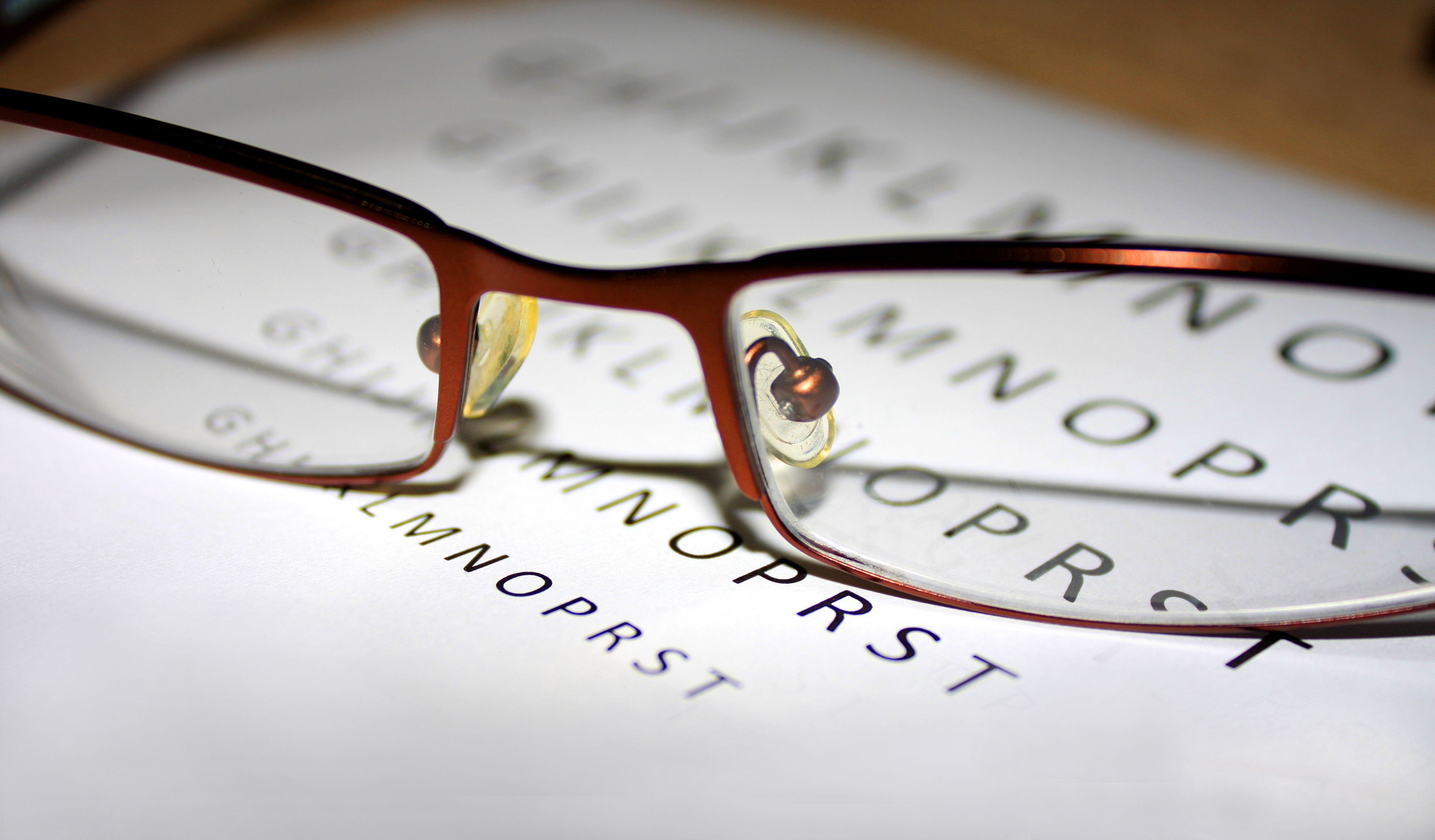Article
Patients Using SCS Triamcinolone Acetonide Had Lower Corticosteroid-Related IOP Elevation
Author(s):
A study found that patients who had no need of rescue therapy had a reduced risk of corticosteroid-related intraocular pressure (IOP) elevation when using SCS triamcinolone acetonide.
The intravitreal and periocular application of corticosteroids could be effective in treating uveitic macular edema, which is a major cause of blindness in the developed world. However, these treatments are often associated with cataracts and corticosteroid-related intraocular pressure (IOP) elevation. A recent study published in Drugs found that an injectable treatment recently approved for uveitic macular edema, SCS triamcinolone acetonide, was more effective in reducing the risk of corticosteroid-related IOP elevation in patients who did not need rescue therapy, making it a useful treatment option for uveitic macular edema.
The efficacy of the SCS triamcinolone acetonide was tested in the phase 3 PEACHTREE trial and its extension, MAGNOLIA. PEACHTREE was a randomized, double-masked, sham-controlled, multinational, 24-week phase 3 trial. Patients aged 18 years and older were eligible and all participants had macular edema secondary to non-infectious uveitis. Patients needed to have a Best Corrected Visual Acuity (BCVA) of 5 or more Early Treatment Diabetic Retinopathy (ETDRS) letters read. Corticosteroid doses were permitted in the study.
Patients were excluded if they had any active ocular disease or infection in the study eye besides uveitis, and IOP of greater than 22 mmHg or uncontrolled glaucoma. Patients who had an IOP of 22 mmHg or less in the study eye and receiving no more than 2 IOP-lowering medications were allowed to participate in the study. All patients had 1 unilateral injection. Patients were allowed rescue therapy from week 4 onward if their macular edema or uveitis progressed.
The mean age of the study population was 50.2 years, mean BCVA in the study eye was 54.2 letters read. The mean time since uveitis diagnosis was 177.4 weeks and 107.1 weeks and 29% and 23% of patients were receiving corticosteroids in the active and control groups respectively.
The SCS triamcinolone acetonide provided improvement in patients with unveitic macular edema, with more patients in the SCS group achieving 15 or more ETDRS-letter improvement. BCVA improved as early as week 4 and remained durable and significant compared with the control group.
SCS had greater reduction in central subfield thickness (CST) than in the control group at 24 weeks. More patients in the SCS group had a resolution in macular edema compared with the control group. The SCS treatment also improved signs of inflammation that are associated with uveitis, with two-thirds of the group experiencing a resolution of inflammation at 24 weeks.
The SCS treatment also kept uveitis from progressing and reduced the need for rescue therapy, as 72.0% of the control group needed rescue therapy compared with 13.5% of the SCS group with a mediant time to rescue at 89 and 36 days respectively.
Patients who completed PEACHTREE and did not need rescue therapy were then enrolled in the MAGNOLIA extension study for 24 weeks of follow-up, with a goal of evaluating time to rescue therapy from the date of the first study treatment administration. There were 11 patients (39%) in the SCS group and 3 in the control group (60%) that required rescue therapy; 14 patients (50%) in the SCS group did not need rescue therapy for up to 9 months after the second dose.
The median time to rescue therapy was 257 days in the SCS group and 55.5 days in the control. The mean increase in BCVA was 16.8 ETDRS letters at the end of PEACHTREE and 12.1 letters at the end of MAGNOLIA in patients who did not need rescue therapies. The mean reduction in CST was 178.1 and 174.5 mm in both trials.
There were 30.2% of patients in the SCS group who had an incidence of treatment-related adverse events compared with 12.5% in the control group, with the most common being eye pain on the day of the procedure, corticosteroid-related IOP elevation, IOP elevation on the day of the procedure, cataract, and eye pain on the days after the procedure. Incidence of IOP elevation, cystoid macular edema, and uveitis were higher in the control group.
SCS triamcinolone acetonide is effective and is well tolerated in patients, the authors reported. A low incidence of corticosteroid-related IOP elevation in patients with uveitic macular edema was also observed. The researchers concluded that these findings make SCS a novel and useful treatment option.
Reference
Fung S, Syed YY. Suprachoroidal space triamcinolone acetonide: a review in uveitic macular edema. Drugs. Published online August 26, 2022. doi:10.1007/s40265-022-01763-7
2 Commerce Drive
Suite 100
Cranbury, NJ 08512
© 2025 MJH Life Sciences® and AJMC®.
All rights reserved.




